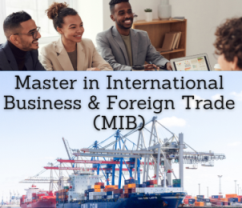Introduction to Exporting

Introduction to Exporting (Export, Import) International Trade
- Introduction to Exporting
- Advantages of exporting
- Resources Needed for exporting
- Starting the Export Activity
- Export Process
- Problems deriving from Non-Internationalization
- Introduction to the foreign direct investment
The objectives of the subject “Introduction to Exporting” are the following:
- To understand the nature of exporting and the difficulties that may arise
- To learn about import and export transactions, the difficulties with them and how to overcome these challenges
- To analyze the advantages of exporting and the risks of non-exporting
This will be achieved by:
- Examining the fundamental questions related to the export process
- Analysing the challenges to overcome in an export transaction
- Detailing the steps necessary to beginning the export process
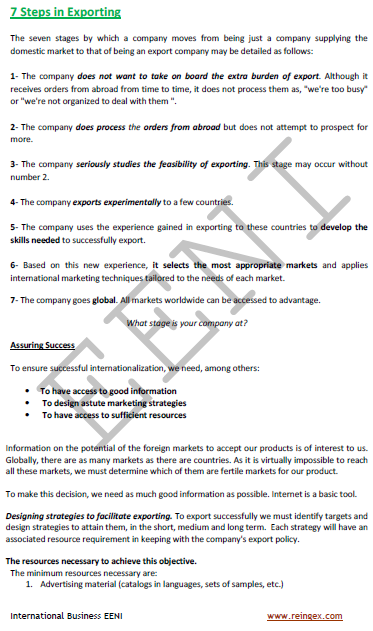
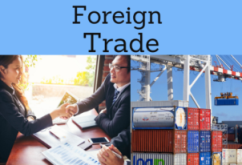
The Subject “Introduction to Exporting” belongs to the following Online Programs taught by EENI Global Business School:
Masters: International Business, Foreign Trade.

Course: Foreign Trade Assistant.
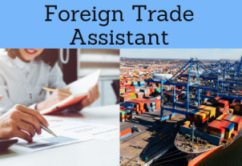
Languages:  or
or  Exportación
Exportación  Exportation
Exportation  Exportaçao.
Exportaçao.
Credits of the Subject “Introduction to Exporting”: 1 ECTS.

IMPORTANT NOTE: This subject is only an introduction to exporting. The student will have a real vision of the foreign trade, after studying the following subjects:
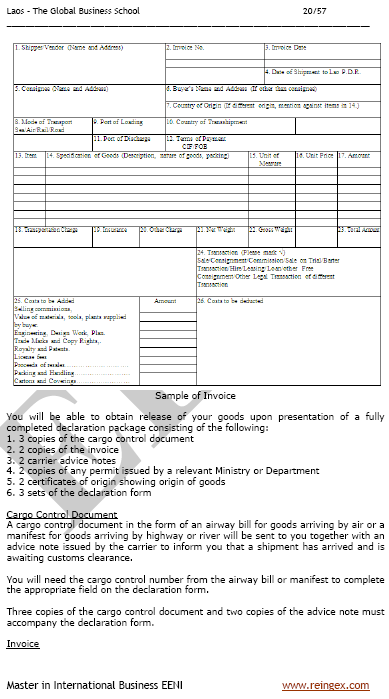
Introduction to Exporting. Advantages of exporting:
Exporting can no longer be considered as just selling products/services from one country into another. Rather, it is a:
“Dynamic business whereby the export company ensures the products/services it exports to reach the customer in a condition to fully satisfy the needs of the latter in the expectation of getting repeat business.”
This dynamic nature means that the company wishing to export cannot be satisfied with just passively placing its stocks or certain amounts of products in foreign markets.
Starting the export activity
There are many ways a company may choose to enter the international markets. Participating in an international trade fair held in one's country is a common starting point. At these fairs; it is the foreign visitors who come to investigate our products rather than we approach them; this is known as passive exporting.
For certain firms, they may have started at the outset as international companies in the sense that their mission is to be involved in the international business activities. For many others, however, they may have begun as national firms concentrating on their local markets before shifting or expanding the focus also to cover international markets. It is thus useful to investigate the stages of internationalization.
Introduction to Exporting:


